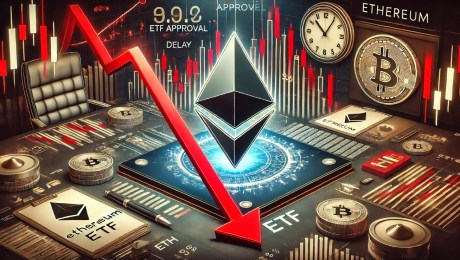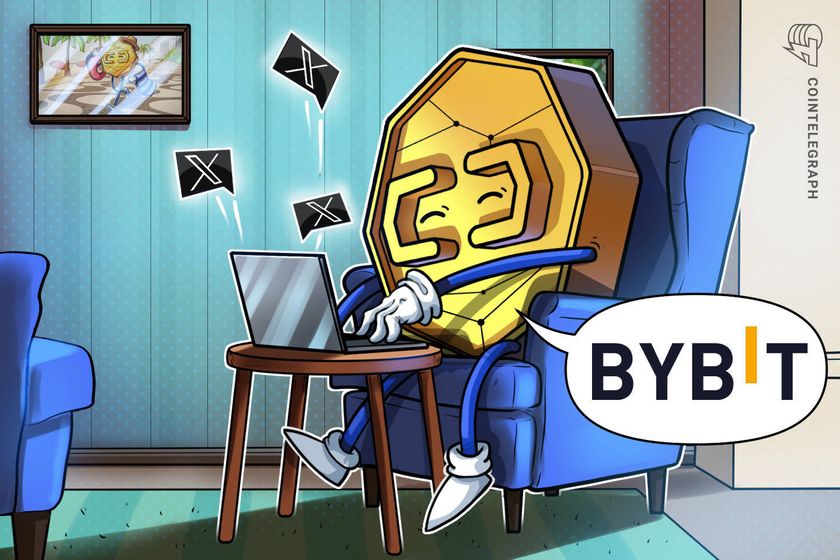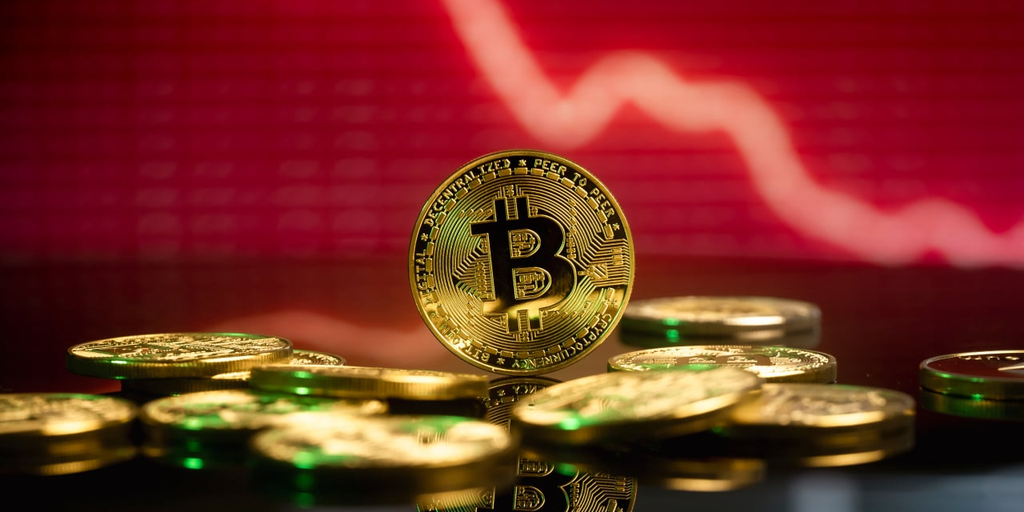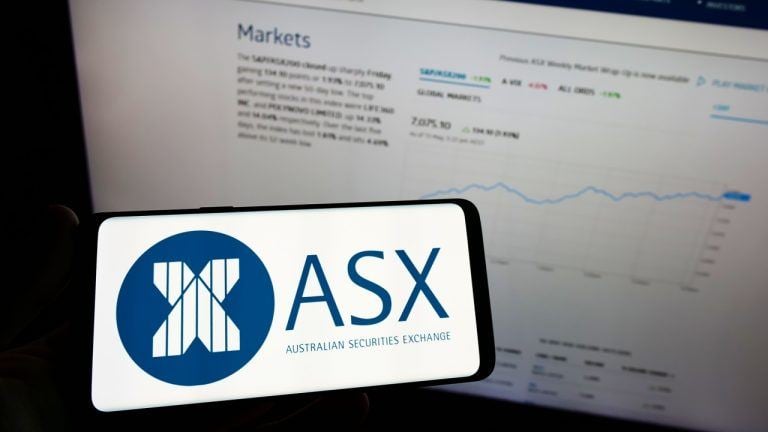The Pi token, which opened at $1.84, plummeted to a low of $0.64 within hours of trading commencement. This dramatic price drop has sparked concerns over liquidity issues and the project’s overall stability.
The mainnet launch marked a pivotal moment for Pi Network, allowing its tokens to be traded outside its enclosed ecosystem. Major exchanges such as OKX, Bitget, and MEXC quickly listed PI, providing long-awaited access for users to cash out their holdings. However, instead of a sustained rally, the token’s price collapsed under selling pressure, raising questions about its long-term viability.
Liquidity Issues Raise Red FlagsDespite initial excitement following a community vote for Binance to list PI, PI’s market structure has shown signs of fragility. Liquidity has emerged as a major concern, with even large exchanges struggling to handle the surge in trading activity. Data from OKX reveals that the platform’s 2% market depth stands at just $33,000 to $60,000, meaning even a $100,000 trade could trigger significant price fluctuations.
Pi Network’s token launches with a $195B valuation, sparking concerns over liquidity and potential price instability. Source: Blok Topik via X
“The lack of liquidity is making PI’s market highly unstable,” noted an analyst. “Traders are finding it difficult to execute large transactions without impacting the price, which suggests there may not be enough real demand for the token.”
Pi Network price chart. Source: TradingView
This instability has fueled skepticism about the project’s ability to sustain long-term trading, with some likening it to past high-profile crypto failures that struggled post-launch.
Bybit CEO Slams Pi Network, Calls for TransparencyWhile some exchanges embraced PI, others remain highly critical. Bybit CEO Ben Zhou has publicly accused Pi Network of being a scam, citing a 2023 warning from Chinese authorities that labeled the project a fraudulent scheme targeting the elderly.
While some exchanges listed the PI token, Bybit CEO Ben Zhou criticized the project as a scam. Source: Ben Zhou via X
“Bybit had made no listing request to $PI, and the claim that $PI refused Bybit listing or that Bybit did not pass some sort of KYB of $PI is completely nonsense,” Zhou posted on X, challenging Pi Network to address legitimacy concerns instead of dismissing critics.
Despite Pi Network’s claims of decentralization, industry experts remain unconvinced. The project’s core team retains control over the network’s validators, with no clear roadmap for independent governance—a stark contrast to other established blockchain projects.
Community Reactions: Disappointment and SkepticismPi Network has amassed a reported 60 million users through its unconventional smartphone mining system, which allows individuals to earn tokens by tapping a button daily. While this model has built a strong user base, critics argue that it resembles a multi-level marketing (MLM) scheme rather than a sustainable cryptocurrency.
Pi Network refutes Bybit CEO’s scam allegations, citing China’s regulatory stance and denying claims of personal data leaks. Pi2Team 𝝅 via X
Following the token’s crash, many long-time supporters expressed frustration. Some early adopters, who had been accumulating PI for years under the assumption of a lucrative launch, were dismayed to see the token’s value tumble almost immediately.
Crypto commentator Kim Wong called the debut of trading “disappointing,” citing soft buy orders and an absence of major capital inflows. But Wong is optimistic that the price may bounce back if institutional players get into the market.
ByBit Has Problems of its Own after Major HackOn February 21, 2025, Bybit, experienced a significant security breach resulting in the theft of approximately $1.4 billion in Ethereum (ETH). The incident occurred when the exchange’s ETH multisignature cold wallet executed a transfer to a warm wallet. This transaction was manipulated through a sophisticated attack that masked the signing interface, leading to the unauthorized transfer of funds to an unidentified address.
Ben Zhou says funds are safe following the Bybit hack, source: X
In response, Bybit’s CEO, Ben Zhou, assured users that all other wallets remain secure and that withdrawals are operating normally. He emphasized that the platform is solvent and capable of covering the losses without affecting client assets, which are backed 1:1.
Following the breach, users have withdrawn approximately $700 million from the platform, reflecting growing concerns among traders and investors about not just P Network, but now ByBit.
Lock-Up Program: A Double-Edged Sword?To combat huge sell-offs, Pi Network has launched a token lock-up program, wherein users can voluntarily lock their PI holdings for three years at most in return for greater mining rewards. Although this measure is intended to stabilize prices, it has invited comparisons with projects such as HEX, whose locked tokens came close to worthless following a 99% price reduction over the years 2021 to 2024.
“The lock-up program may help with short-term price stability, but it doesn’t solve the fundamental issue of liquidity,” warned one market analyst. “If Pi Network doesn’t establish real utility for its token, the long-term prospects remain uncertain.”
Will Binance and Coinbase Listings Revive Pi?With all the hiccups at the beginning, Pi Network may rebound if it lists on top-tier exchanges such as Binance and Coinbase. Already, OKX and CoinDCX have listed PI, while Binance has initiated a community vote on the listing of the token, the outcome of which is due to be announced on February 27.
Market analysts expect Pi Network price to rebound from the $0.70 support level and rejoin the bullish rally. Source: SL-Trades on TradingView
Such a listing by Coinbase or Binance would bring desperately needed liquidity and legitimacy, opening up PI for more investors with ease. Nonetheless, until this happens, the token’s price continues to remain extremely volatile with speculators on either side of optimism and doubt.
Final ThoughtsPi Network’s Open Mainnet launch was expected to be a game-changing event, but its aftermath has instead exposed vulnerabilities in the project’s economic model. Liquidity constraints, centralization concerns, and a contentious mining system have left many investors questioning whether Pi can establish itself as a legitimate cryptocurrency or if it will fade into obscurity.
For now, Pi Coin’s fate remains uncertain. While the project boasts an enormous user base and widespread recognition, it faces a tough road ahead in proving its legitimacy and achieving price stability. As the market watches closely, Pi Network’s next moves will determine whether it can recover from its turbulent launch or become another cautionary tale in the crypto space.
Watch – Pi Network Price Prediction Video


















